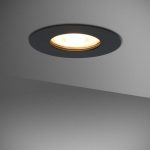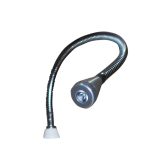LED Light Bulbs: Understanding the Basics and Benefits

In today’s world, we rely heavily on electricity to power our homes and businesses. The type of lighting we use has a significant impact on our energy consumption and overall environmental impact. LED light bulbs have become increasingly popular in recent years as a more energy-efficient and environmentally friendly alternative to traditional incandescent bulbs. However, many people still have questions about what LED light bulbs are, how they work, and what benefits they offer. In this article, we will explore the basics of LED light bulbs, including their technology, design, and benefits, to help you make an informed decision about whether they are the right choice for your lighting needs. LED light bulbs are not just a trend; they are a sustainable solution to our lighting needs. They offer a range of benefits that make them a more cost-effective and environmentally friendly option than traditional incandescent bulbs. LED bulbs use significantly less energy, last longer, and emit less heat than traditional bulbs. They also come in a variety of shapes, sizes, and colors, making them a versatile option for any lighting need. In this article, we will delve into the technical aspects of LED light bulbs, explore their unique features, and explain how they can help you save money, reduce your environmental impact, and enhance your quality of life.
LED light bulbs are a type of energy-efficient lighting technology that uses a semiconductor to convert electricity into light. The acronym LED stands for Light Emitting Diode, which is a small electronic device that emits light when an electric current is passed through it. LED bulbs are known for their long lifespan, low energy consumption, and ability to emit a bright, focused light. They come in a variety of shapes and sizes, making them suitable for a wide range of applications, from household lighting to streetlights and automotive lighting. LED technology is rapidly advancing, making LED bulbs an increasingly popular choice for those seeking to reduce their energy consumption and carbon footprint.
The history of LED technology dates back to the early 1900s, when the first light-emitting diodes were discovered by scientists. However, it wasn’t until the 1960s that the first practical applications of LED technology were developed. These early LEDs were primarily used for indicator lights in electronic devices. In the 1990s, advancements in LED technology allowed for the production of high-brightness LEDs, which led to the development of LED lighting systems for commercial and residential use. Today, LED technology is widely used in a variety of applications, from lighting to signage to consumer electronics. The benefits of LED technology are numerous, including energy efficiency, long lifespan, and low maintenance requirements. As LED technology continues to evolve, it is likely that we will see even greater advancements in the years to come.
When compared to traditional incandescent bulbs, LED bulbs offer significant advantages in terms of energy efficiency and longevity. LED bulbs use up to 80% less energy than incandescent bulbs, meaning they can last up to 25 times longer. Moreover, LED bulbs do not contain any hazardous materials, such as mercury found in fluorescent bulbs. LED bulbs also offer more precise and focused lighting, unlike fluorescent bulbs, which can cause eye strain and headaches. Additionally, LED bulbs do not emit heat, which can be a significant issue with incandescent bulbs. Overall, LED bulbs are a more sustainable, long-lasting, and cost-effective option for homeowners and businesses looking to upgrade their lighting.
How LED Light Bulbs Work
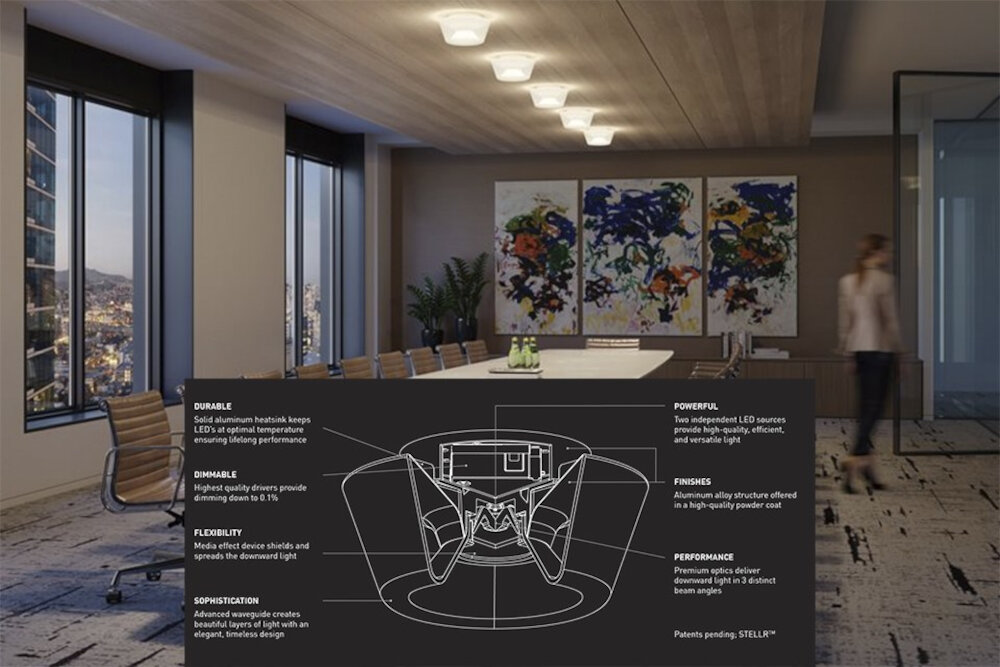
LED (Light Emitting Diode) bulbs have become increasingly popular in recent years as a more energy-efficient and longer-lasting alternative to traditional incandescent bulbs. The way LED light bulbs work is quite different from the way incandescent bulbs work, as they do not rely on heating a filament to produce light. Instead, LEDs produce light through a process called electroluminescence. When an electric current is passed through a semiconductor material, such as silicon or germanium, it causes the material to emit photons of light. The color of the light produced depends on the type of semiconductor material used. LED light bulbs are much more energy-efficient than incandescent bulbs because they convert a higher percentage of the energy they consume into light rather than heat. In fact, LED bulbs use up to 90% less energy than traditional incandescent bulbs, which can result in significant cost savings over time. LED bulbs also have a longer lifespan than incandescent bulbs, lasting up to 25 times longer, which means they need to be replaced less frequently. This not only saves money but also reduces waste and helps to conserve resources. Additionally, LED bulbs are more environmentally friendly than incandescent bulbs because they do not contain harmful chemicals, such as mercury, which can be released into the environment when incandescent bulbs are disposed of improperly.
Light Emitting Diodes, commonly known as LEDs, are a type of solid-state lighting technology that has gained immense popularity in recent years. Unlike traditional incandescent bulbs that emit light through heating a filament, LEDs convert electricity into light by passing it through a semiconductor material. This material then emits photons, which produce visible light. The science behind LEDs lies in the fact that they use less energy and are more efficient than other lighting options, making them a popular choice for both residential and commercial use. LEDs also have a longer lifespan and emit less heat, making them an environmentally friendly option that saves on energy costs. Overall, the science behind LEDs is what makes them a smart and practical choice for modern lighting needs.
Semiconductors play a crucial role in the LED technology used in modern light bulbs. They are used to convert electrical energy into light energy. The semiconductor material used in LEDs is typically made of a combination of gallium, arsenic, and phosphorus, which are then doped with other elements such as nitrogen or indium. When a voltage is applied to this semiconductor material, it creates a flow of electrons that release energy in the form of light. This process is known as electroluminescence and is what makes LED bulbs so energy-efficient and long-lasting. Semiconductors have revolutionized the lighting industry by allowing for the creation of LED bulbs that use a fraction of the energy of traditional incandescent bulbs, last much longer, and produce cleaner, brighter light.
LEDs (Light Emitting Diodes) are a type of solid-state lighting that produces light in a different way than traditional incandescent or fluorescent bulbs. Unlike traditional bulbs, which rely on heating a filament or gas to produce light, LEDs use a semiconductor material that emits light when an electrical current is passed through it. This process is called electroluminescence. Because LEDs do not rely on heat to produce light, they are much more energy-efficient and longer-lasting than traditional bulbs. Additionally, LEDs can be designed to emit specific colors of light, making them extremely versatile in a variety of applications, from home lighting to automotive lighting to digital displays.
Advantages of Using LED Light Bulbs
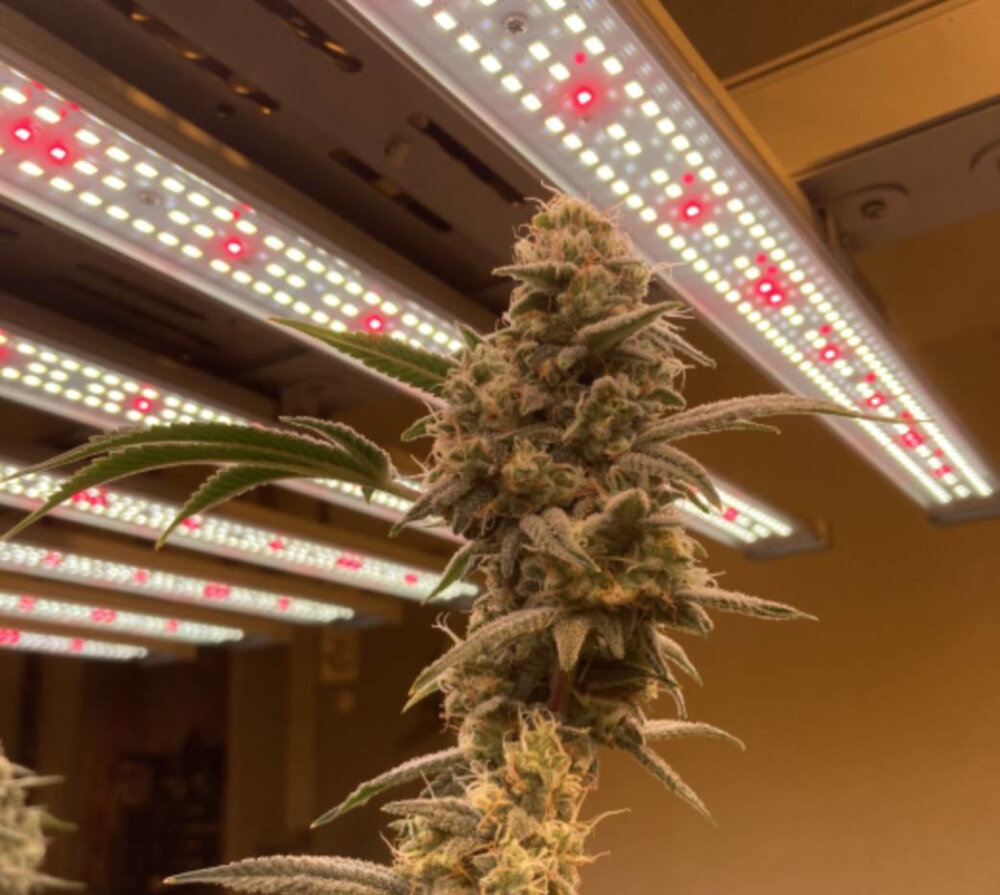
LED light bulbs have become increasingly popular in recent years due to their numerous advantages over traditional incandescent and fluorescent bulbs. One of the most significant advantages of using LED light bulbs is their energy efficiency. LED bulbs consume less energy and produce less heat than traditional bulbs, resulting in lower electricity bills and reduced carbon footprint. This efficiency is due to the use of a semiconductor to produce light, which requires less energy than the heating of a filament in traditional bulbs. Furthermore, LED bulbs have a longer lifespan than traditional bulbs, meaning they need to be replaced less often, which also reduces waste and cost. Another advantage of using LED light bulbs is their durability and reliability. LED bulbs are highly resistant to shock, vibration, and temperature changes, making them ideal for outdoor and industrial applications. They are also less prone to damage from power surges and do not contain fragile glass components like traditional bulbs, which can break and cause injury. Additionally, LED bulbs emit light in a specific direction, making them more efficient in directing light where it is needed, unlike traditional bulbs that emit light in all directions, causing wastage. Overall, the advantages of using LED light bulbs make them a cost-effective and environmentally-friendly alternative to traditional bulbs.
Energy efficiency is a crucial aspect of modern living, and switching to LED light bulbs is a great way to save on energy costs. LED bulbs are designed to use less energy than traditional bulbs, which means you can enjoy the same amount of light while using less electricity. This not only helps to reduce your carbon footprint, but it also saves you money on your energy bill. LED bulbs can last up to 25 times longer than traditional bulbs, which means you won’t have to replace them as often, reducing the cost of maintenance. Additionally, LED bulbs don’t emit heat, making them safer and more energy-efficient than traditional bulbs. Overall, switching to LED bulbs is a smart investment that can help you save money while reducing your impact on the environment.
One of the most notable benefits of LED light bulbs is their long lifespan and durability. These bulbs are designed to last significantly longer than traditional incandescent bulbs, with some models capable of lasting up to 50,000 hours. This extended lifespan not only saves money on replacement costs but also reduces the environmental impact of discarded bulbs. Additionally, LED bulbs are incredibly durable, making them ideal for use in high-traffic areas or outdoor settings where traditional bulbs may break or burn out more easily. With their longevity and resilience, LED bulbs are an excellent choice for anyone looking for a reliable and long-lasting lighting solution.
LED light bulbs are not only energy-efficient but also environmentally friendly. They have numerous environmental benefits, including reducing carbon emissions, minimizing waste, and conserving natural resources. Traditional incandescent bulbs waste up to 90% of their energy as heat, while LED bulbs convert almost all their energy into light, making them more efficient and reducing the amount of energy needed to power them. LED bulbs also last longer, reducing waste and reducing the number of bulbs that need to be disposed of in landfills. Furthermore, LED bulbs do not contain hazardous materials like mercury, which can be harmful to the environment, making them safer to use and dispose of. By switching to LED bulbs, we can help reduce our carbon footprint and conserve natural resources, making them an excellent choice for environmentally conscious consumers.
Versatility in design and functionality is one of the major benefits of LED light bulbs. These bulbs come in a wide range of sizes, shapes, and styles, making them suitable for almost any application. They can be used as accent lighting, task lighting, or general lighting, and they can be integrated into a wide range of fixtures and applications. Additionally, LED light bulbs are available in a variety of color temperatures, allowing for customization of the lighting environment. With their long lifespan, low energy consumption, and versatility, LED light bulbs are an excellent choice for anyone looking to upgrade their lighting.
Choosing the Right LED Light Bulb
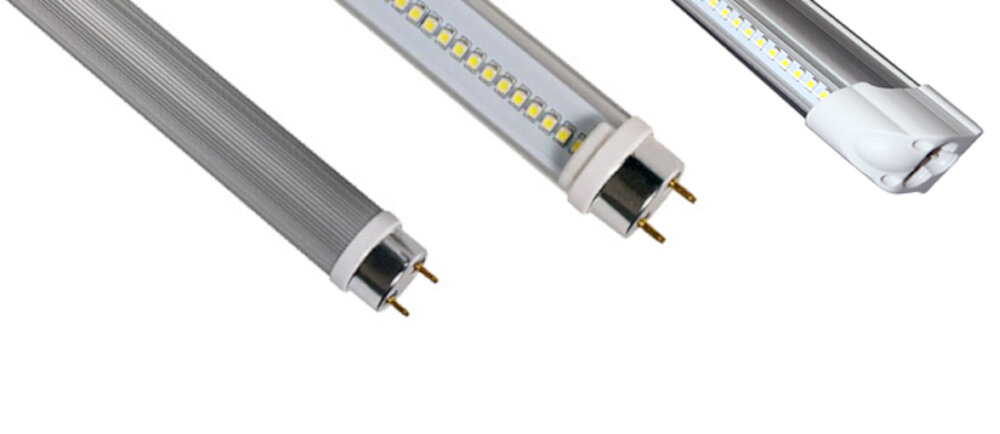
Choosing the right LED light bulb is crucial to getting the most out of your lighting. There are several factors to consider, such as color temperature, brightness, and wattage. Color temperature refers to the hue of the light produced by the bulb, ranging from cool to warm. Brightness is measured in lumens, and wattage refers to the amount of energy required to power the bulb. It’s important to choose a bulb that matches the intended use and lighting environment. For example, a cool, bright bulb may be ideal for task lighting in a workspace, while a warm, dimmer bulb may be better suited for a cozy living room. Another important consideration is the bulb’s lifespan and energy efficiency. LED bulbs are known for their long lifespan and energy efficiency, making them a popular choice for home and commercial lighting. Look for bulbs with a high lumens-per-watt ratio, as this indicates a more energy-efficient bulb. It’s also important to choose a bulb with a high CRI (Color Rendering Index), which measures how accurately the bulb’s light displays colors compared to natural light. A higher CRI means colors will appear more vibrant and accurate, which is important for tasks such as makeup application or art display. By considering these factors, you can choose the right LED light bulb to meet your needs and enhance your lighting experience.
When selecting LED bulbs, there are several factors that should be considered. Firstly, the color temperature of the bulbs, measured in Kelvin (K), should be chosen according to the desired ambiance of the room. A warm white (2700K-3000K) will create a cozy atmosphere, while a cool white (4000K-5000K) will provide a brighter, more energizing feel. Secondly, the brightness of the bulb, measured in lumens (lm), should be selected based on the size of the room and the intended purpose of the lighting. Thirdly, the bulb’s dimming capabilities, compatibility with existing fixtures and the quality of the bulb’s driver and heat sink should also be considered. Additionally, it is important to choose bulbs from reputable manufacturers that are energy-efficient and have a long lifespan. By considering these factors, consumers can select LED bulbs that provide the desired lighting effect while also saving energy and money in the long run.
When it comes to LED light bulbs, there are three important factors to consider: wattage, color temperature, and lumens. Wattage is the amount of energy that the bulb consumes, and it is important to choose a wattage that is appropriate for the room or space in which it will be used. Color temperature refers to the hue of light that the bulb emits, ranging from warm yellow to cool blue. Choosing the right color temperature can greatly affect the atmosphere of a room. Lumens, on the other hand, measure the brightness of the bulb, and it is important to choose a bulb with the appropriate lumens for the space. By understanding these three factors, consumers can make informed decisions when it comes to selecting LED light bulbs, ultimately leading to a more energy-efficient and aesthetically pleasing home lighting experience.
When it comes to LED light bulbs, compatibility with dimmer switches is an important factor to consider. Unlike traditional incandescent bulbs, not all LED bulbs are compatible with dimmer switches. It is crucial to check the packaging or manufacturer’s website to ensure that the LED bulb you’re purchasing is suitable for use with a dimmer switch. LED bulbs that are not compatible with dimmer switches may flicker or not work at all, resulting in frustration and inconvenience. However, purchasing LED bulbs that are compatible with dimmer switches can provide significant benefits, such as energy savings and increased versatility in lighting options. So, when considering LED light bulbs, make sure to check for dimmer switch compatibility to ensure the best lighting experience possible.
The shape and size of LED bulbs are diverse and flexible, designed to fit a variety of lighting fixtures and applications. From the classic A-shaped bulb to the globe, candle, and reflector styles, LED bulbs come in various shapes and sizes to meet your lighting needs. The most common shape is the A19, which is designed to replace the traditional incandescent bulb in lamps and ceiling fixtures. LED bulbs also come in different diameters, such as the PAR and BR bulbs, which are ideal for track and recessed lighting. In addition, the smaller-sized bulbs like candelabra and chandelier styles are perfect for decorative lighting fixtures. Whatever your lighting preferences, LED bulbs offer a range of shapes and sizes to enhance your space with energy-efficient and long-lasting lighting solutions.
Common Uses of LED Light Bulbs
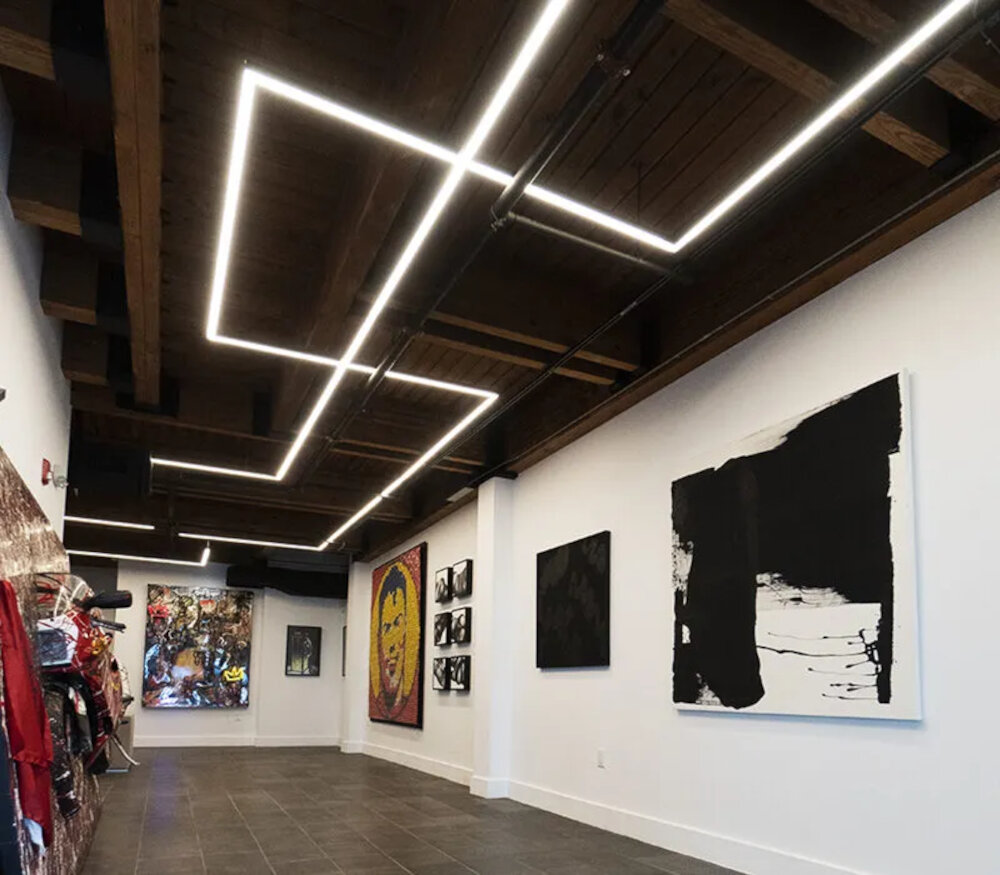
LED light bulbs are becoming increasingly popular in both residential and commercial settings. They are known for their energy efficiency, durability, and versatility. One of the most common uses of LED light bulbs is in home lighting. LED bulbs are perfect for replacing traditional incandescent bulbs in lamps, ceiling fixtures, and even outdoor lighting. They offer the same amount of brightness but use up to 80% less energy. LED bulbs are also available in a variety of color temperatures, making it easy to create the perfect ambiance in any room of the house. Another common use of LED light bulbs is in commercial lighting. LED bulbs are ideal for use in office buildings, retail stores, and warehouses. They provide bright, clear light that is perfect for illuminating workspaces and displaying products. LED bulbs also have a long lifespan, which means they need to be replaced less frequently, saving businesses money in the long run. Additionally, LED bulbs are environmentally friendly, as they do not contain any harmful chemicals or gases, making them a great choice for businesses looking to reduce their carbon footprint. Overall, LED light bulbs are a versatile and energy-efficient lighting option that can be used in a variety of settings.
Residential lighting is an essential aspect of any home interior design. It is the key element that enhances the ambiance and functionality of a living space. LED light bulbs have revolutionized residential lighting with their energy-efficient and long-lasting properties. They provide a wide range of color temperatures and brightness levels, making them suitable for various lighting applications, from ambient lighting to task lighting. Moreover, LED bulbs emit less heat, making them safe to use and reducing the risk of fire hazards. With their versatility and cost-effectiveness, LED light bulbs are a popular choice for homeowners looking to upgrade their residential lighting.
Commercial and industrial lighting are important aspects of any business, as they not only provide illumination but also set the tone for the overall atmosphere. With the advent of LED technology, the benefits of using LED light bulbs for commercial and industrial lighting have become even more apparent. LED bulbs are more energy-efficient, have a longer lifespan, and emit less heat than traditional incandescent bulbs. Additionally, LED bulbs offer greater flexibility in terms of color temperature and dimming capabilities. Whether it’s a retail store or a manufacturing facility, upgrading to LED lighting can help businesses save money and create a more inviting and productive environment for employees and customers alike.
Automotive lighting has evolved significantly over the past few years, and LED light bulbs have played a crucial role in it. LED technology has become increasingly popular due to its numerous benefits, including energy efficiency, durability, and versatility. LED lights are more efficient than traditional bulbs, as they consume less energy and produce less heat. They are also more durable, as they have a longer lifespan and are less likely to break due to shock or vibration. LED lights are also versatile, as they can be used for a wide range of applications, including headlights, taillights, and interior lighting. Overall, the adoption of LED technology in automotive lighting has led to a significant improvement in safety, performance, and aesthetics.
Outdoor lighting is an essential aspect of any residential or commercial property. It not only enhances the aesthetic appeal of the property but also ensures safety and security. LED light bulbs are the perfect solution for outdoor lighting needs as they are energy-efficient, durable, and long-lasting. They emit bright light that illuminates the outdoor space, making it easy to navigate even in the darkest of nights. LED outdoor lights come in various shapes and sizes, including floodlights, wall sconces, and string lights, allowing homeowners and business owners to choose the perfect lighting solution for their outdoor space. Moreover, LED lights are eco-friendly and do not contain any harmful chemicals, making them a sustainable lighting solution for outdoor spaces.
LED light bulbs have numerous benefits over traditional incandescent bulbs. Firstly, they are highly energy-efficient and consume up to 80% less energy than incandescent bulbs. This means that they contribute towards reducing the carbon footprint and help to save on energy bills. Secondly, LED bulbs have a longer lifespan than traditional bulbs, meaning that they need to be replaced less frequently, saving money in the long run. Additionally, LED bulbs emit less heat compared to incandescent bulbs, making them safer to use and reducing the risk of fire hazards. Lastly, LED bulbs are available in a range of colors and styles, making them versatile for use in various settings. Overall, LED bulbs are an excellent investment that can offer both environmental and financial benefits.
The future looks bright for LED technology, as it continues to evolve and improve in many ways. With the growing demand for energy-efficient lighting solutions, LED lighting has emerged as a popular choice due to its long lifespan, energy efficiency, and low maintenance requirements. Researchers are working on developing even more efficient and cost-effective LED bulbs that can be used for a variety of applications, including automotive lighting, agriculture, and medical devices. In addition, advances in smart lighting technology will allow for greater control and customization of lighting systems, which can lead to increased energy savings and improved quality of life. As the world becomes more environmentally conscious, the potential for LED lighting technology to play a critical role in reducing carbon emissions and minimizing environmental impact is immense.
LED light bulbs are the future of energy-efficient lighting. By switching to LED bulbs, you can enjoy significant cost savings and environmental benefits. LED bulbs are up to 80% more efficient than traditional incandescent bulbs, which means they use less energy and last much longer. Moreover, they produce less heat and have a lower impact on the environment, making them an excellent choice for those who want to reduce their carbon footprint. So, if you want to save money on your energy bills and contribute to a greener future, make the switch to LED bulbs today. It’s a small change that can make a big difference!
Conclusion
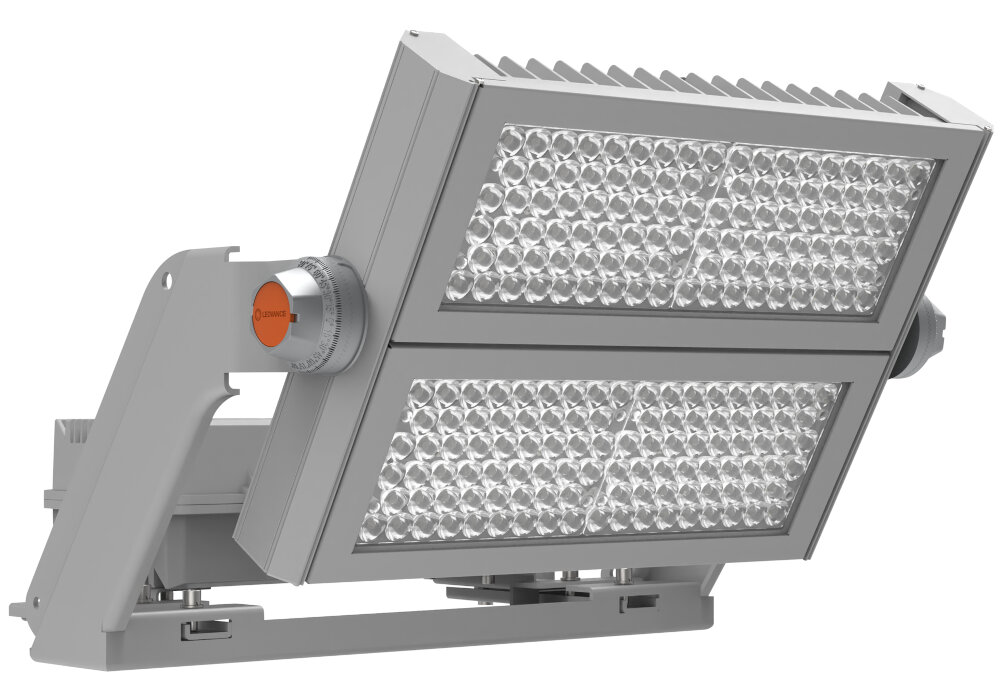
In conclusion, LED light bulbs have revolutionized the lighting industry by providing a more efficient and eco-friendly option for consumers. With their long lifespan, energy efficiency, and versatility, LED lights are a smart choice for anyone looking to save money on their electricity bill and reduce their carbon footprint. Additionally, the wide range of colors and styles available makes it easy to find the perfect LED bulb for any lighting need. By understanding the basics and benefits of LED light bulbs, consumers can make an informed decision and join the movement towards a more sustainable future.


